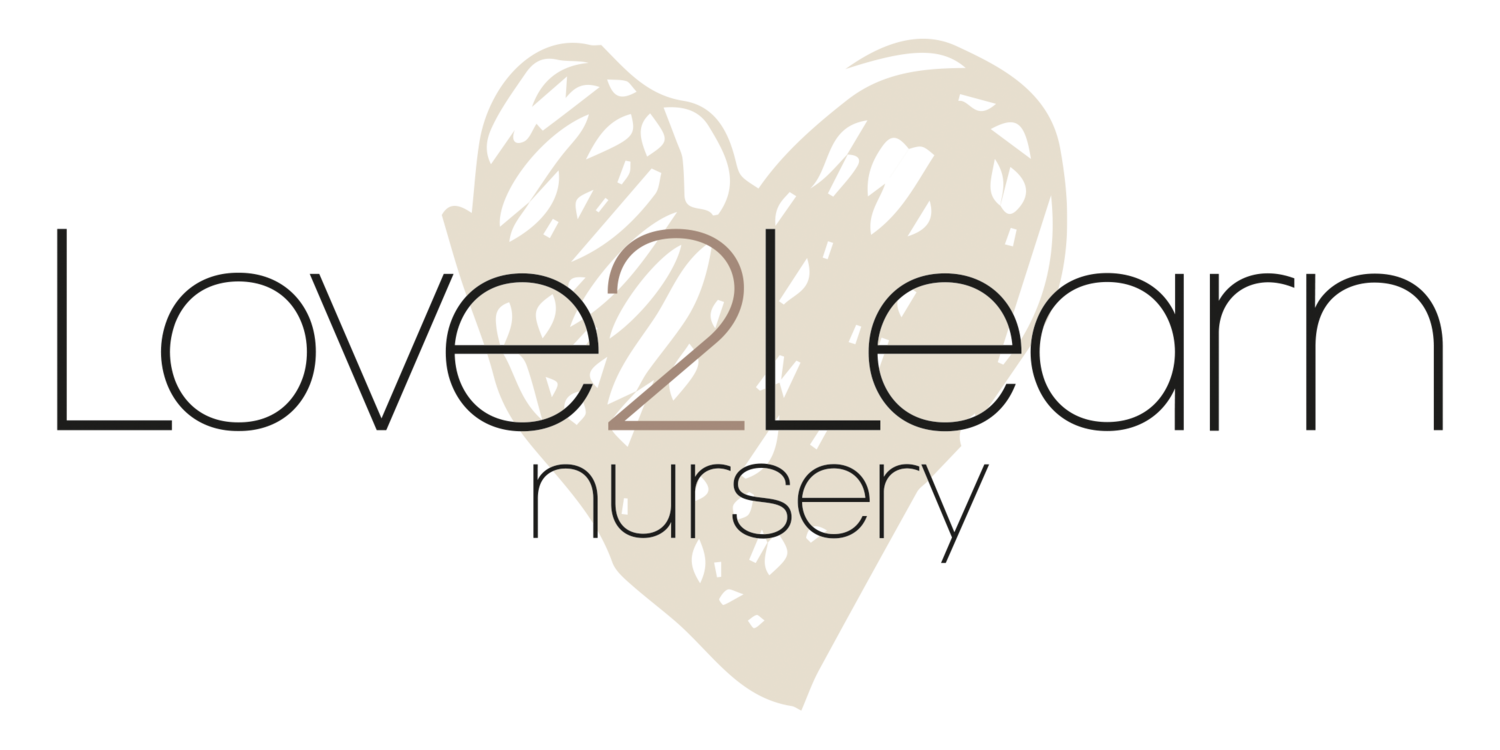Sooner is not better!
School readiness. What does this mean to you? This is a long one, but stay with me and let me know what you think at the end ✨
I have attached an image (2nd image) of some shapes, these are “prewriting patterns”, with the average (not prescribed) age at which children are developmentally ready to achieve these patterns listed below them in years and months. Being able to process visual information and produce a movement in response (e.g. copying these prewriting patterns or letter formations), is known as “visual motor integration”. ⠀
⠀
Note that an X is not typically achieved until 4 years 11 months, and a triangle at 5 years 3 months. If a child can’t form these basic shapes...then they probably won’t be able to form letters. ⠀
⠀
It is quite concerning then that there are 3 year 7 month olds starting formal schooling, where they’re expected to write. Not only are their visual motor integration skills not developed enough, but their hands are also physically under-developed. In addition, recognising letters, understanding phonics and beginning to read are all needed in order for a child to write meaningfully, skills which children starting pre-school typically don’t have. We also know that when a child learns something that doesn’t hold meaning, it‘s unlikely to stick.
⠀
So, if you have a 3–4-year-old who spontaneously asks or attempts to write letters, that’s great; otherwise, there is no need to initiate or worry about this. Unfortunately, there is a misconception, particularly with the way that the current curriculum stands, that earlier is better. Earlier is not always better.⠀
Let’s talk shoulders!
Shoulders are immensely important in the gross and even fine motor development of the child.
We have to recognise they play such an important part in all prerequisites to formal handwriting ✍️
It’s important we take the foot off the accelerator of formal handwriting & understand WHY we do what we do in early years and allow children to PLAY!
Sadly, there is such a push to get children writing their names before they go to school, when in fact their bodies are not physically ready to formally handle a pencil to form recognisable letters, follow dots on a paper or write their name!
If we talk to reception teachers they will tell us, that they don’t want children to start forming letters before they join their class.
There are so many other important skills and development that come first 🙌🏼
Children need time, space and opportunities in play to lay the foundations down & that means development of core strength and gross motor skills.
Development of those pivotal joints- shoulder, elbow, wrist and fingers!
Let’s consider and pause for a moment. shoulders are that low load, bearing joint and muscle that supports the movement of the arm!
Enabling children to lift, pull, push, raise their arms, touch their nose, get dressed, hold a spoon, feed themselves, hold a paint brush, crayon etc.
We have to stop the fixation of pushing our children to write and see and recognise that none of this quantifiable stuff (writing their name) is possible until a child has been given the opportunity to develop strength in these pivotal joints!
PLAY is vital!
Sooner is not better
Hang onto childhood, children will have another 14 years in formal education 😳
Let them be little ✨
PLAY is the way!
Source: The Curiosity Approach and Beery Buktenica Test of Visual Motor Integration, 6th Edition








